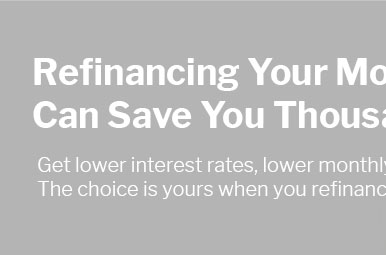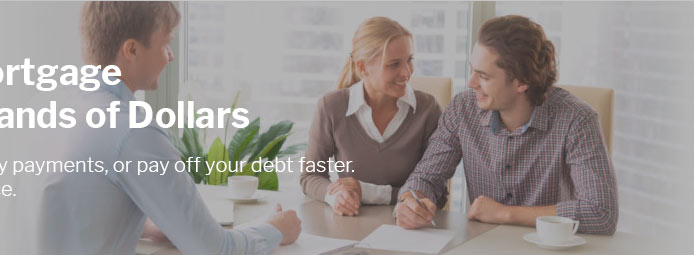 |
 |
 |
 |
|---|
 |
||
|---|---|---|
 |
||
 |
||
 |
||
 |
||
 |
 |
 |
 |
 |
 |
30 year investment mortgage rates explained for long-term investorsFor rental property buyers, 30-year fixed financing offers predictability, but investment pricing differs from primary homes. Lenders add risk premiums, so quotes often run higher, and closing costs or points may be needed to hit a target rate. What drives the rate you receiveExpect pricing to hinge on credit score, loan-to-value, property type (single-family vs 2–4 units), reserves, and documentation. Paying discount points can lower the note rate, while cash-out, condos, or smaller loan sizes may nudge it up. Market forces-Treasury yields, inflation data, and Fed policy-also move daily quotes. Pros and cons at a glance
How to compare offersRequest written quotes same day, ask for par-rate and one-point options, and standardize assumptions.
https://www.usbank.com/home-loans/mortgage/mortgage-rates.html
Today's 30-year fixed mortgage rates ; Conventional fixed-rate loans - 30-year. 6.625%. 6.773%. $2,971 ; Conforming adjustable-rate mortgage (ARM) loans - 10/6 mo. https://www.businessinsider.com/personal-finance/mortgages/investment-property-mortgage-rates
In February, 30-year mortgage rates averaged 6.51%, according to Zillow data. This is down 20 basis points from the previous month. Rates have ... https://www.fanniemae.com/research-and-insights/publications/housing-insights/rate-30-year-mortgage
Instead, the average rate on a 30-year mortgage rose from 6.09 percent on September 19, the day after the Fed's first rate cut, to as high as ...
|
|---|